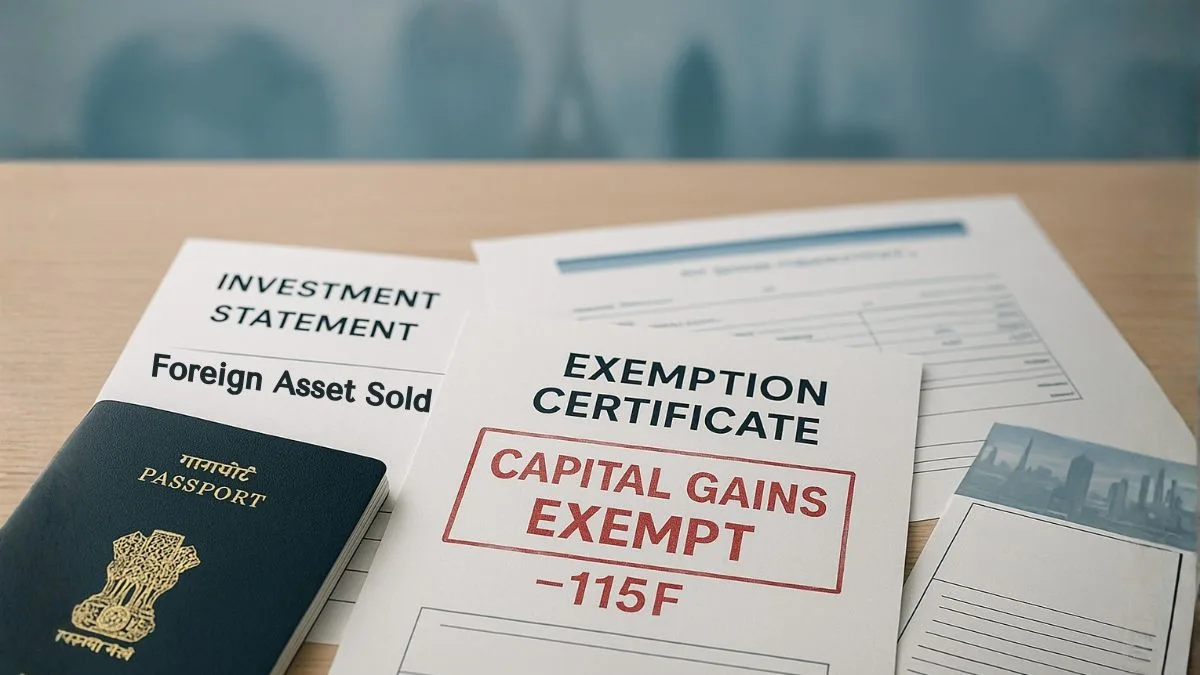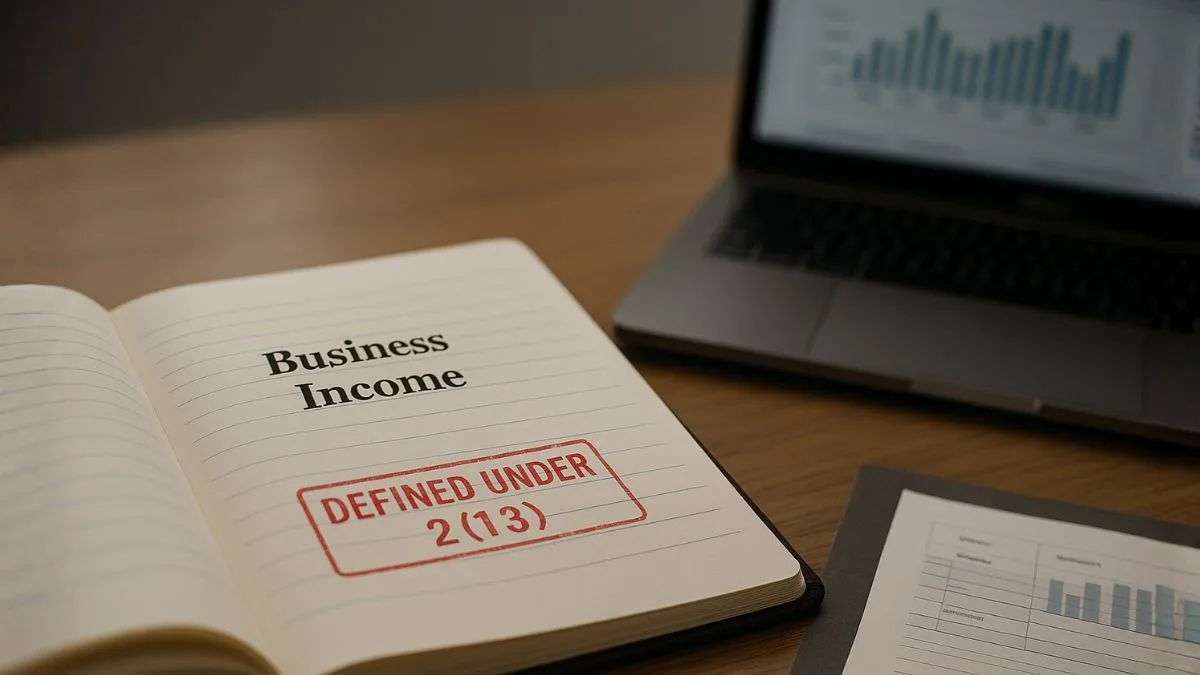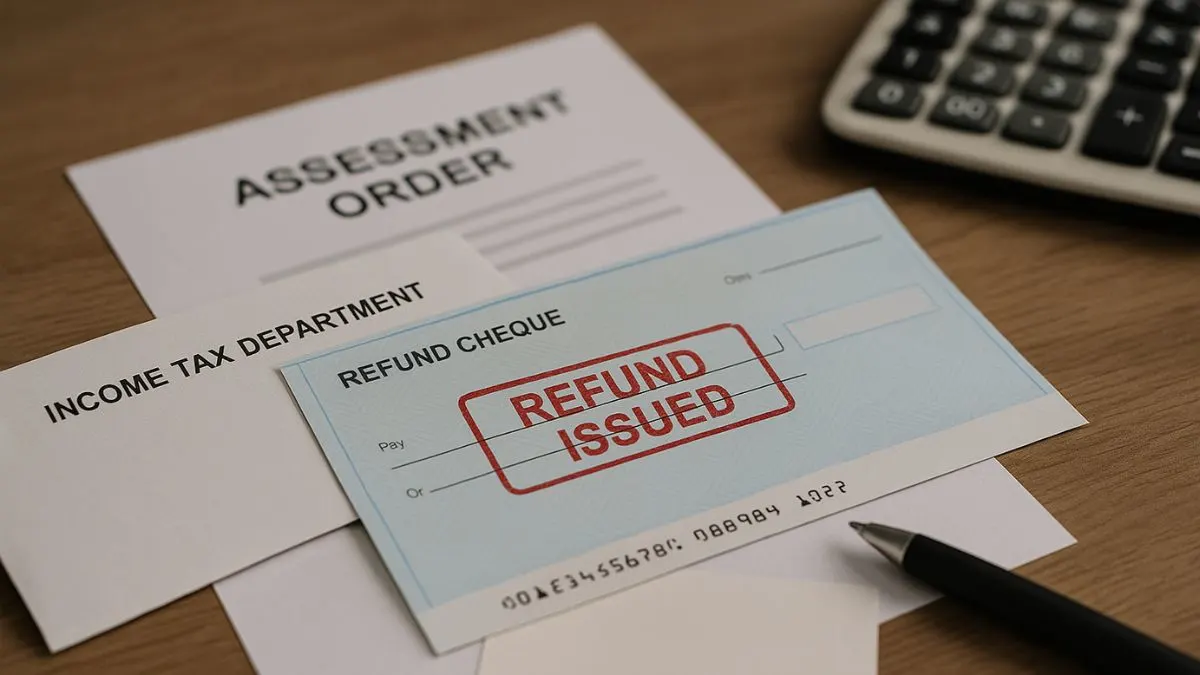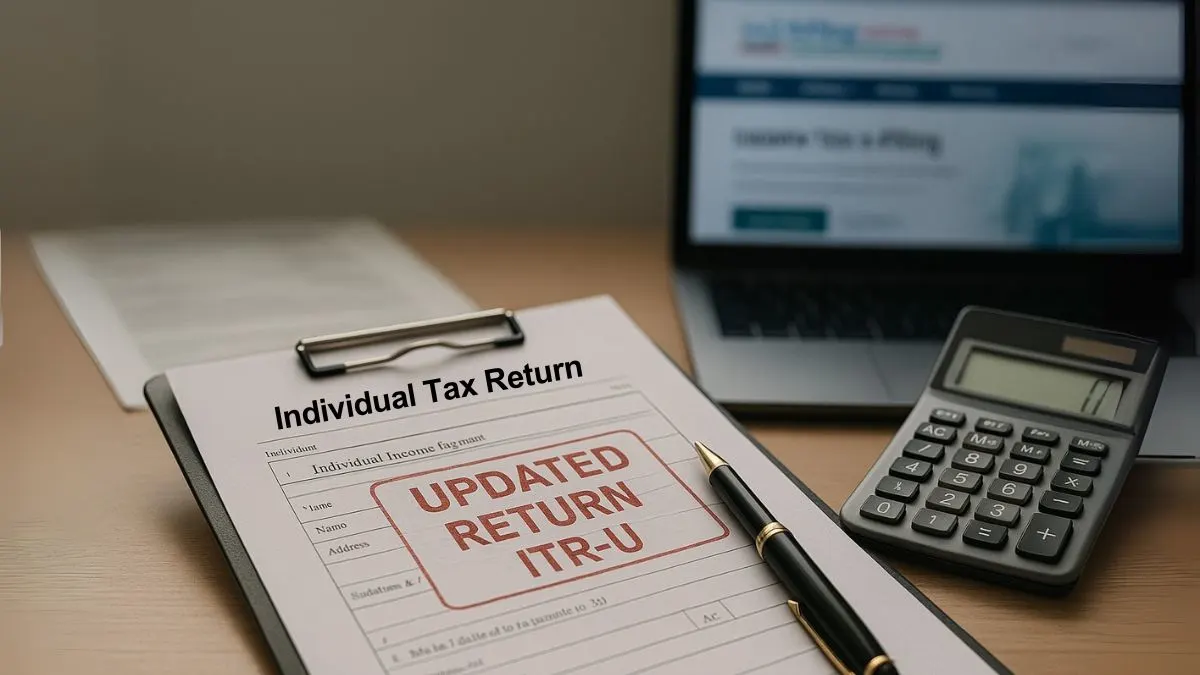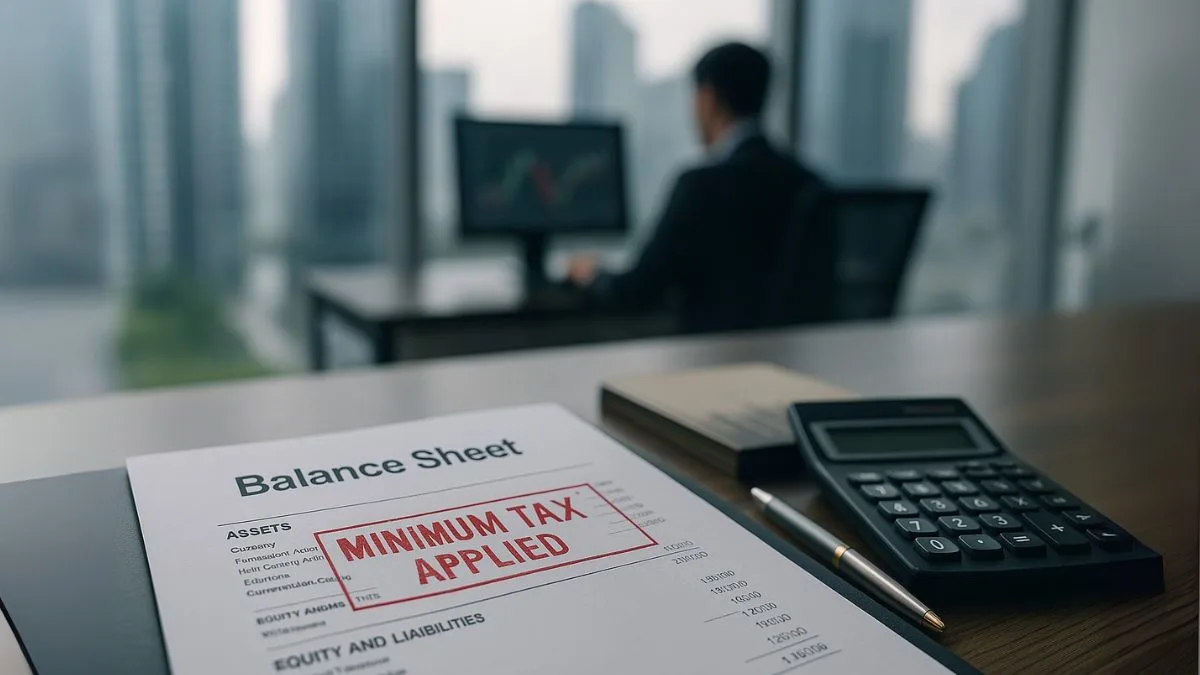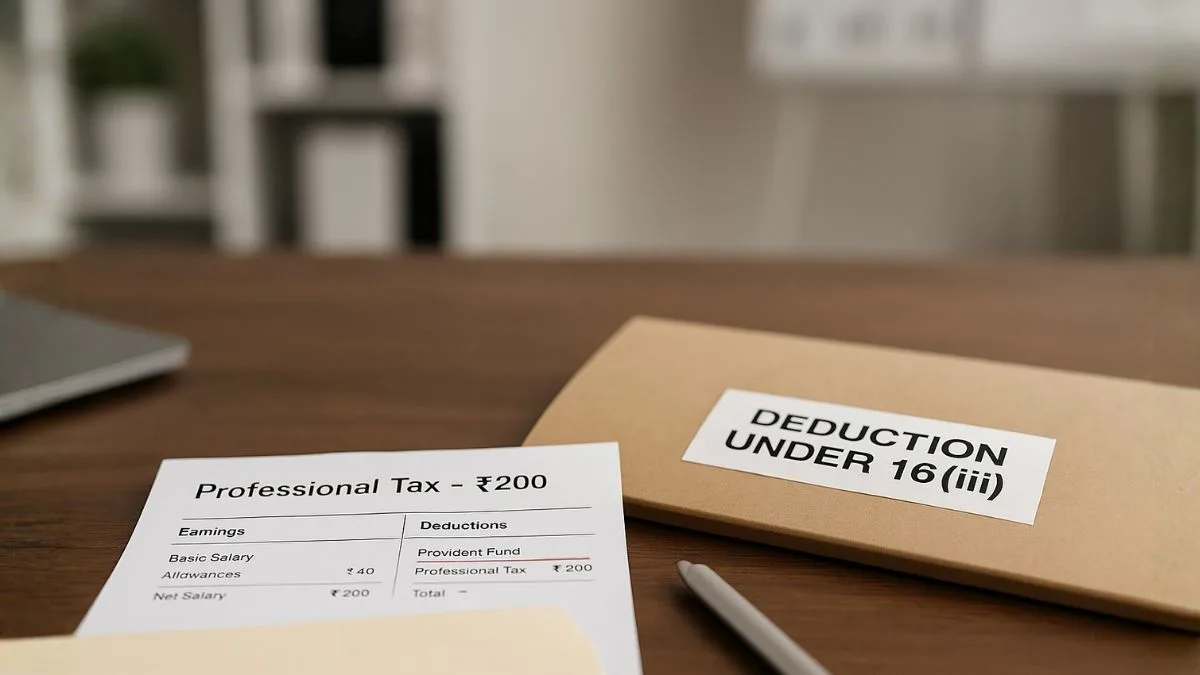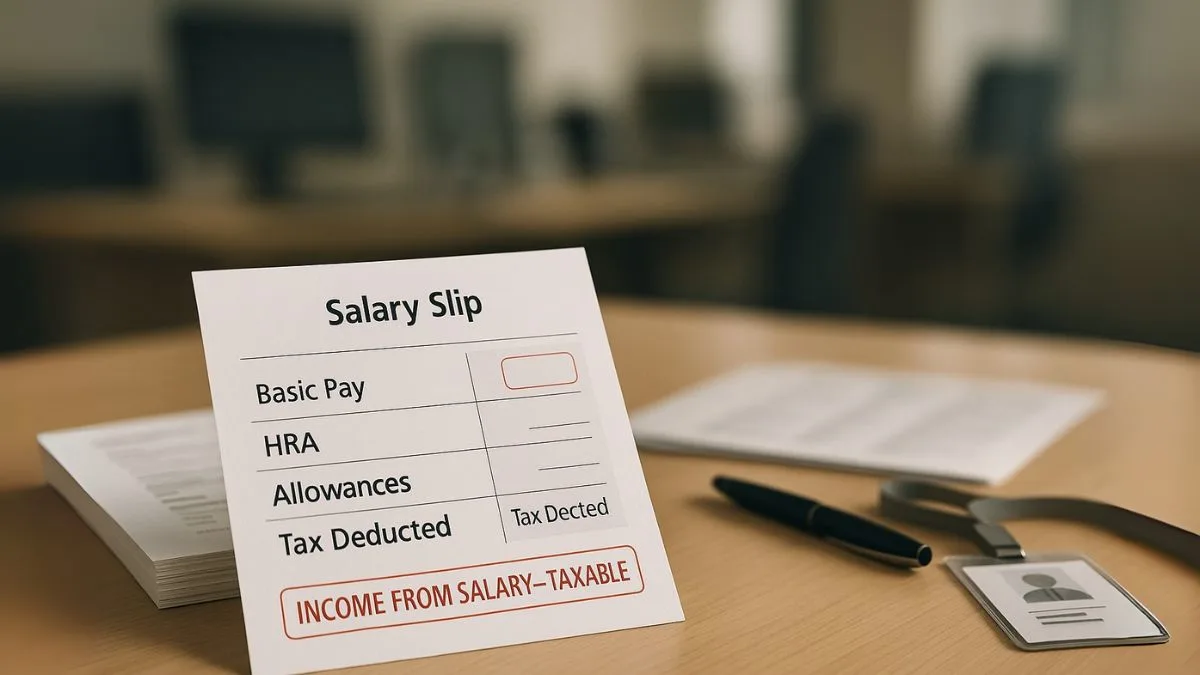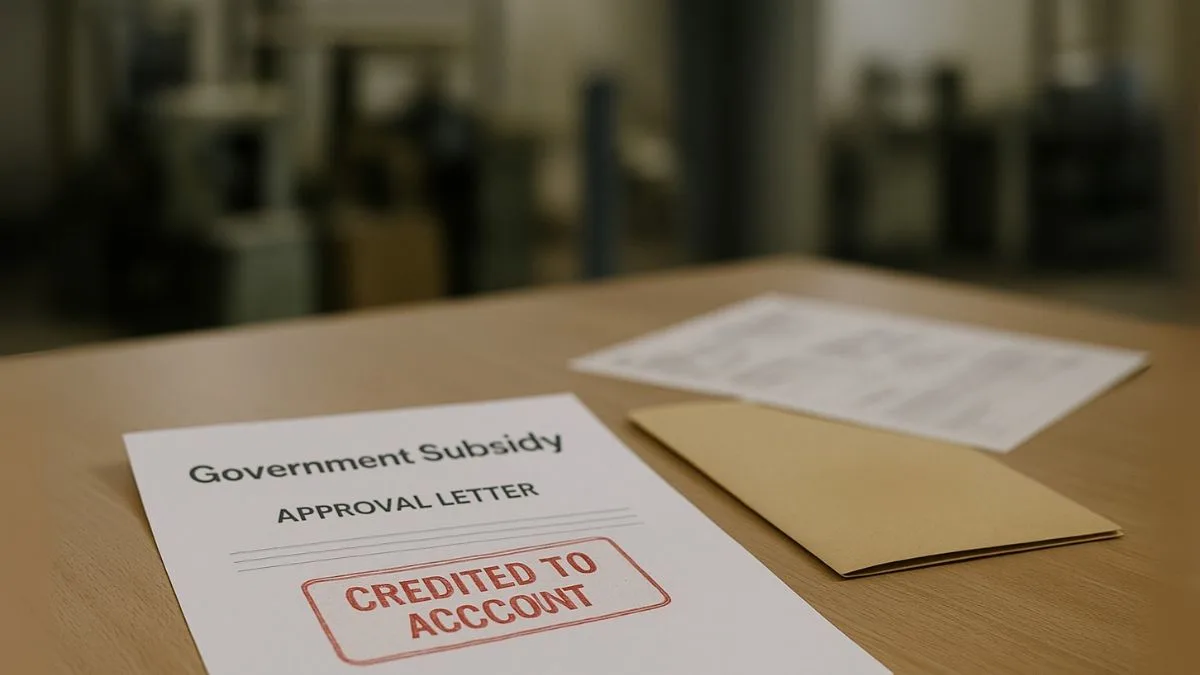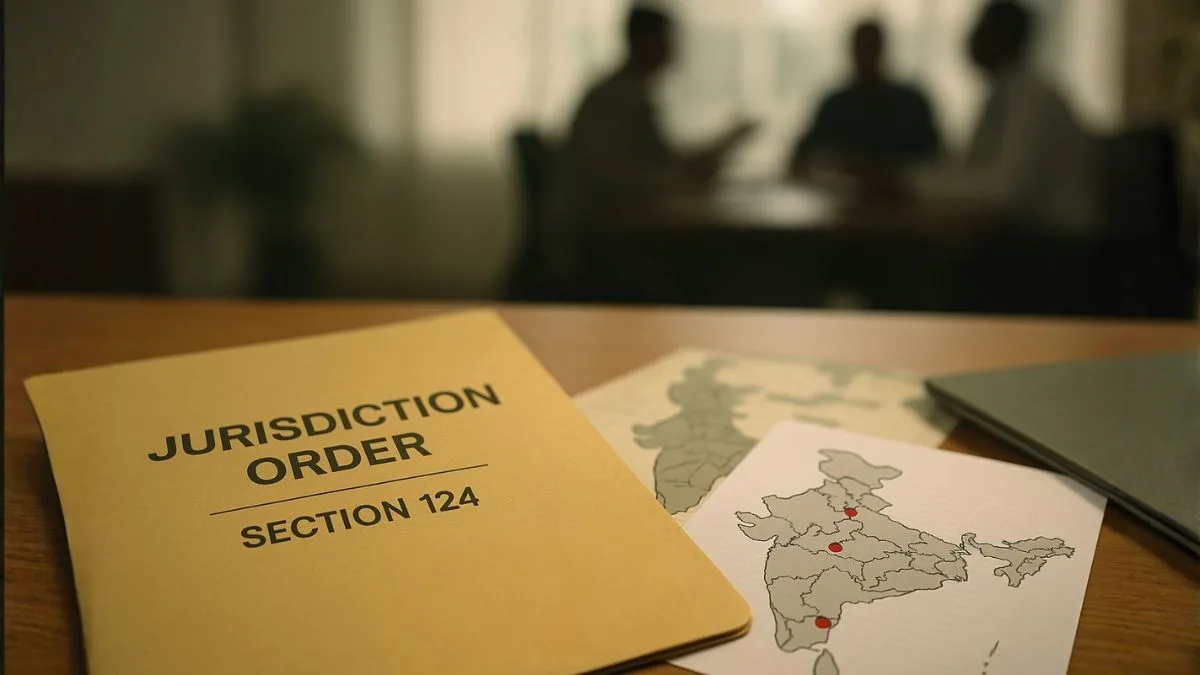
Ever received a notice from the Income Tax Department & wondered, “Why this office?”
That’s where Section 124 of the Income Tax Act, 1961 quietly steps in.
It decides which officer handles which taxpayer.
It’s called the jurisdiction of Assessing Officers — a phrase that sounds boring until it affects you.
The Simple Idea Behind It
The tax system runs on order. Without boundaries, two officers could assess the same return or send you conflicting notices.
Section 124 draws that invisible map.
Your case may land with a specific officer because of:
- The city or area where you live or do business.
- The type of income you earn — salary, business, profession, or capital gains."
- The category you belong to — individual, company, trust, or HUF.
This clarity helps both sides: you know whom to approach, & officers know where their responsibility starts and ends.
How the Law Puts It
Under Section 124(1), the Principal Chief Commissioner or Chief Commissioner of Income Tax assigns areas, classes of taxpayers, or income sources to specific officers.
So if you run a business in Mumbai, the Mumbai Circle handles you.
If you shift your office to Delhi, the jurisdiction might move — but only after it’s officially transferred.
It’s like changing your branch in a bank — you can’t just start operating from another without updating records.
Also Read: What to Do If You Receive a Reassessment Notice
Transfer of Jurisdiction
Life moves — people change cities, companies merge, new branches open.
That’s where Section 124(2) helps.
If an officer feels that another has the right to assess a case, it goes up to senior authorities like the Principal Director General or Principal Chief Commissioner to sort it out.
These transfers happen to balance workload or when a taxpayer’s location changes.
No random decisions — it’s an administrative process backed by the Central Board of Direct Taxes (CBDT).
Can You Challenge Your Jurisdiction?
Yes, but timing is everything.
Under Section 124(3), if you think a notice came from the wrong officer, raise the objection:
- Within 30 days of receiving that notice, or
- Before the assessment finishes — whichever is earlier.
Miss that window, and you’re stuck with that officer.
The law expects you to act quickly — no complaints later.
Why Jurisdiction Isn’t Just Legal Jargon
Picture this: a Delhi-based taxpayer gets a notice from Chennai, with no official transfer order.
Technically, that notice could be invalid.
Only the officer with the right jurisdiction can pass a valid order.
That’s why Section 124 protects both taxpayers & the department. It avoids duplication, confusion, and — most importantly — unnecessary litigation.
How Jurisdiction Is Decided
The department uses three main filters:
- Territorial: Based on your registered address or area code.
- Functional: Certain officers specialize — corporate tax, TDS, or international taxation.
- Income Range: Bigger cases often go to central or special circles.
This system ensures balanced workload & specialization.
It’s not personal — it’s procedural.
Digital India and the Faceless Era
With the launch of Faceless Assessments, jurisdiction has partly gone virtual.
Your file can now be examined by officers anywhere in India.
Still, Section 124 remains crucial for reassessments, appeals, or cases needing physical verification."
Even in a digital setup, someone must have formal authority over your PAN.
Think of it as a digital handoff, but the rulebook stays old-school.
Also Read: Reassessment of Escaped Income
Corporate Cases — A Bit Different
Companies often deal with multiple offices & tax zones.
Their jurisdiction depends on the registered office, size of turnover, or industry type.
In such assessments, there may be deducted from the tax otherwise payable by a corporation certain adjustments — for example, MAT credits or specific reliefs — handled under the officer’s jurisdiction.
So, even corporate tax relief flows through the same Section 124 framework.
Let’s Take a Simple Example
Ravi, a software consultant, lived in Pune. His Assessing Officer was in Pune Circle 5. He later moved to Bengaluru but forgot to update his address.
Next year, his notice came from Pune.
He ignored it, assuming it was a mistake.
Big error.
Since he didn’t object within 30 days, the Pune officer legally retained jurisdiction.
That’s how strict this rule is — silence counts as consent.
How to Check Your Assessing Officer
Finding your jurisdiction is simple:
- Visit incometax.gov.in
- Log in → Profile → Know Your AO
You’ll see the officer’s name, address, & email.
It’s a quick step that can save you a lot of confusion during assessments or refunds.
Common Triggers for Jurisdictional Disputes
- You move cities but forget to change your PAN address.
- The database mismatches your circle.
- Two departments (say TDS & Assessment) claim the same case.
When that happens, senior authorities or CBDT issue transfer orders to fix responsibility.
If you still disagree, you can file a writ petition — but only after you’ve followed the proper process.
Also Read: Income Tax Reassessment under Section 148: What Every Taxpayer Must Know
What the Courts Say
Indian courts have been very clear: follow the procedure.
- In Karan Singh v. ACIT (2018), the Delhi High Court said — once you miss the 30-day limit, you can’t question jurisdiction later.
- In Smt. Gunwanti Bai v. ITO (2003), the court ruled that an officer acting outside his territory makes the whole order void.
So, the rule is simple — know your officer, know your rights.
How It Connects with Section 120
- Section 120 lets the CBDT define or modify jurisdictions.
- Section 124 ensures those assignments actually work on the ground.
Together, they form the base of the Indian assessment structure.
Section 120 draws the map, & Section 124 makes sure everyone follows it.
Technology Helping the Process
Most new cases now start at the Centralized Processing Centre (CPC).
Once flagged for detailed review, they’re sent to the relevant jurisdictional officer.
Automation speeds up the process, but the human element — your AO — still matters.
So even in the age of AI and e-assessments, Section 124 keeps human accountability alive.
Why You Should Care
Because jurisdiction errors can cost time, money, and peace.
An assessment from the wrong office might eventually get canceled, but the stress & paperwork remain yours.
To stay safe:
- Keep your address updated.
- Check your AO after filing.
- Raise objections early, not after things go wrong.
It’s one of those details that looks small until it turns into a big problem.
Also Read: Who is an Assessee in Income Tax?
In a Nutshell
- Section 124 of the Income Tax Act quietly runs the show.
- It defines who can assess you, where, & under what authority.
- It keeps the system fair, structured, and transparent — something every taxpayer benefits from.
If you’ve received a notice from the wrong circle or want to check your AO before filing your next return, talk to a professional.
At CallMyCA.com, our team can help you verify your jurisdiction, draft objections, and manage the entire notice process.
One consultation can save you endless back-and-forth with the department — and yes, maybe a few sleepless nights too.

